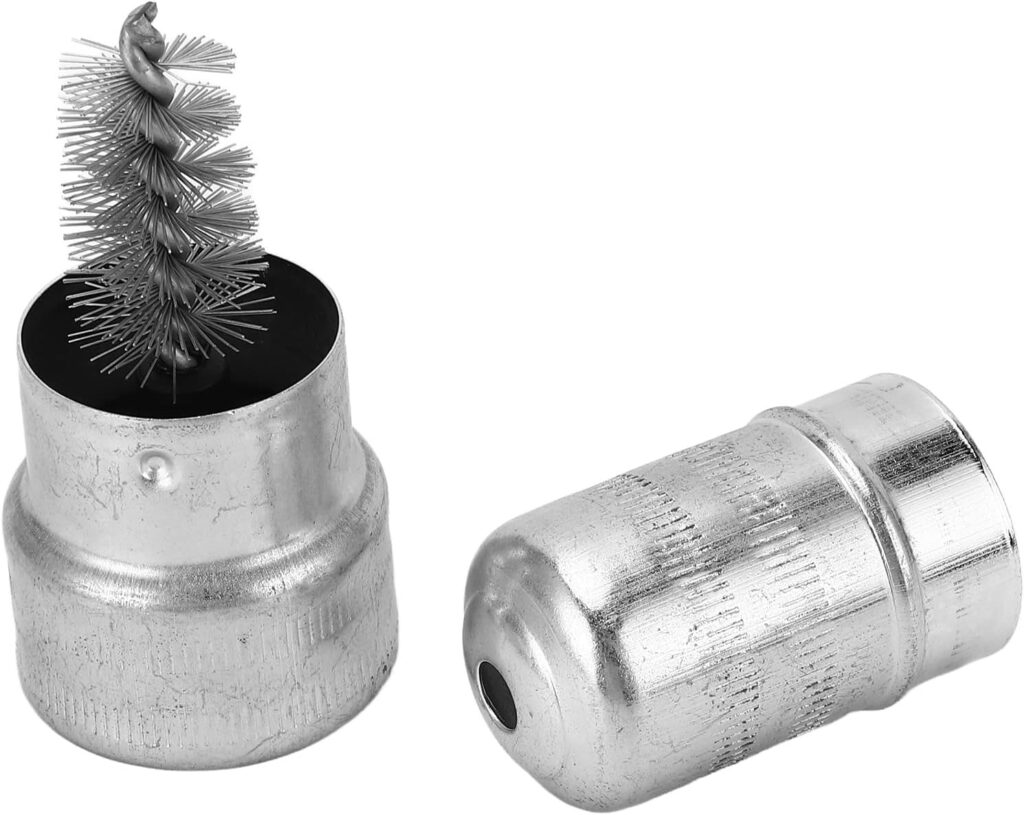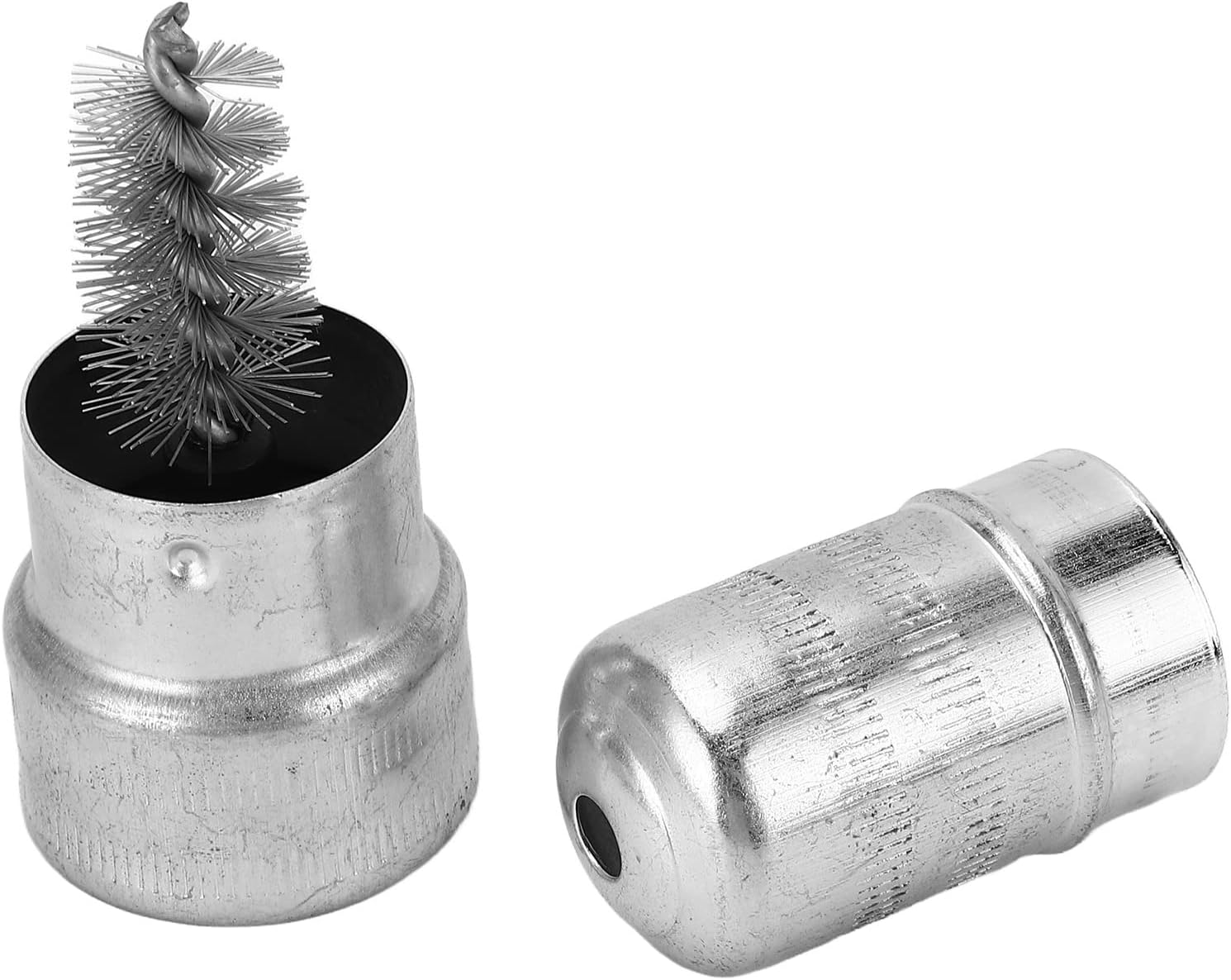
Mastering Car Care: The Ultimate Guide to Cleaning Car Battery Terminals
A well-maintained car battery is crucial for reliable vehicle performance. One often-overlooked aspect of battery maintenance is cleaning the terminals. Corroded or dirty car battery terminals can hinder the flow of electricity, leading to starting problems, dim lights, and even damage to the electrical system. This comprehensive guide will walk you through the process of cleaning car battery terminals safely and effectively, ensuring your vehicle runs smoothly.
Why Cleaning Car Battery Terminals Matters
The buildup of corrosion on car battery terminals is a common issue, especially in older vehicles or those exposed to harsh weather conditions. This corrosion, typically a white or bluish-green substance, is caused by a chemical reaction between the battery acid, the terminal metal, and the environment. Ignoring this buildup can lead to several problems:
- Reduced Starting Power: Corrosion acts as an insulator, reducing the amount of electricity that can flow from the battery to the starter motor. This can result in a slow or failed start, particularly in cold weather.
- Dim Lights: A corroded connection can restrict the power supply to your headlights and other electrical components, causing them to dim or flicker.
- Electrical System Damage: In severe cases, corrosion can spread to other parts of the electrical system, potentially causing damage to wiring, fuses, and electronic control units.
- Shortened Battery Life: The strain of trying to overcome corrosion can put extra stress on your battery, shortening its lifespan.
Regular cleaning car battery terminals is a simple preventative measure that can save you from these potential headaches and costly repairs. By keeping the terminals clean and free of corrosion, you ensure a strong and reliable electrical connection, maximizing your battery’s performance and lifespan.
Safety First: Preparing to Clean Your Car Battery Terminals
Before you begin cleaning car battery terminals, it’s crucial to prioritize safety. Batteries contain sulfuric acid, which can cause burns and damage. Follow these precautions:
- Wear Safety Glasses: Protect your eyes from splashes of battery acid or loose debris.
- Wear Gloves: Acid-resistant gloves will protect your hands from chemical burns.
- Work in a Well-Ventilated Area: Battery acid can release fumes, so ensure adequate ventilation to avoid inhaling them.
- Disconnect the Battery: This is the most important safety step. Disconnect the negative (-) terminal first, followed by the positive (+) terminal. This prevents accidental short circuits. Use a wrench to loosen the nuts securing the terminals.
- Avoid Sparks: Keep metal tools away from the terminals when disconnecting or cleaning the battery to prevent sparks, which can ignite flammable gases released by the battery.
Tools and Materials You’ll Need
Gather the following tools and materials before you start cleaning car battery terminals:
- Wrench: To loosen and tighten the terminal nuts.
- Battery Terminal Cleaner: A specialized brush designed for cleaning battery terminals. These brushes have both internal and external cleaning surfaces.
- Baking Soda: A common household item that neutralizes battery acid.
- Water: To mix with baking soda and rinse the terminals.
- Wire Brush: A small wire brush can be helpful for removing stubborn corrosion.
- Rags or Paper Towels: For cleaning and drying the terminals.
- Petroleum Jelly or Dielectric Grease: To protect the terminals from future corrosion.
Step-by-Step Guide to Cleaning Car Battery Terminals
Now that you have the necessary tools and safety precautions in place, follow these steps for effectively cleaning car battery terminals:
- Disconnect the Battery: As mentioned earlier, disconnect the negative (-) terminal first, followed by the positive (+) terminal.
- Prepare the Cleaning Solution: Mix baking soda and water in a small container to create a paste. The consistency should be similar to toothpaste.
- Apply the Cleaning Solution: Apply the baking soda paste to the corroded areas of the terminals and cable clamps. Let it sit for a few minutes to neutralize the acid.
- Scrub the Terminals: Use the battery terminal cleaner or wire brush to scrub the terminals and cable clamps thoroughly. Pay close attention to areas with heavy corrosion.
- Rinse with Water: Rinse the terminals and cable clamps with clean water to remove any remaining baking soda residue.
- Dry the Terminals: Use a clean rag or paper towel to dry the terminals and cable clamps completely.
- Inspect for Damage: Examine the terminals and cable clamps for any signs of damage, such as cracks or breaks. Replace them if necessary.
- Apply Protective Coating: Apply a thin layer of petroleum jelly or dielectric grease to the terminals to prevent future corrosion. This creates a barrier against moisture and air.
- Reconnect the Battery: Reconnect the positive (+) terminal first, followed by the negative (-) terminal. Tighten the nuts securely.
- Start Your Engine: Start your engine to ensure the battery is properly connected and functioning.
Alternative Cleaning Solutions
While baking soda and water are the most common and recommended cleaning solution for cleaning car battery terminals, some alternative options exist:
- Commercial Battery Terminal Cleaners: These cleaners are specifically formulated for removing battery corrosion and are available at most auto parts stores. Follow the instructions on the product label.
- Coca-Cola: The phosphoric acid in Coca-Cola can help dissolve corrosion. Pour Coca-Cola over the terminals, let it sit for a few minutes, and then scrub with a brush. Rinse thoroughly with water.
- Lemon Juice: The citric acid in lemon juice can also help dissolve corrosion. Apply lemon juice to the terminals, let it sit for a few minutes, and then scrub with a brush. Rinse thoroughly with water.
While these alternatives may work, baking soda and water are generally considered the safest and most effective option for cleaning car battery terminals.
Preventing Future Corrosion
Once you’ve cleaned your car battery terminals, take steps to prevent future corrosion:
- Apply Protective Coating: As mentioned earlier, apply a thin layer of petroleum jelly or dielectric grease to the terminals after cleaning.
- Use Terminal Protectors: Terminal protectors are felt washers that fit around the terminals and absorb battery acid fumes, preventing corrosion.
- Regular Inspections: Inspect your battery terminals regularly for signs of corrosion. Clean them as needed to prevent buildup.
- Proper Ventilation: Ensure the battery compartment is properly ventilated to prevent the buildup of corrosive fumes.
When to Seek Professional Help
In some cases, cleaning car battery terminals may not be enough to resolve battery-related issues. Consult a professional mechanic if you experience any of the following:
- Persistent Starting Problems: If your car continues to have difficulty starting after cleaning the terminals, the battery may be weak or damaged.
- Battery Light on Dashboard: A battery light on your dashboard indicates a problem with the charging system, which could be related to the battery or alternator.
- Damaged Battery: If the battery case is cracked or leaking, it needs to be replaced immediately.
- Unfamiliar Smells: A strong, rotten egg smell coming from the battery could indicate a serious problem and requires professional attention.
Regular maintenance, including cleaning car battery terminals, is essential for keeping your car running smoothly. By following the steps outlined in this guide, you can ensure a strong and reliable electrical connection, maximizing your battery’s performance and lifespan. Remember to prioritize safety and seek professional help when needed. [See also: How to Test Your Car Battery] Keeping your car battery terminals clean is a vital part of car maintenance. Don’t neglect this simple task to avoid potential problems and ensure your vehicle’s reliability. The process of cleaning car battery terminals, while straightforward, requires careful attention to detail. Proper cleaning car battery terminals contributes significantly to the overall health and performance of your car’s electrical system. Always remember that cleaning car battery terminals is more than just a cosmetic procedure; it’s a preventative measure that can save you from costly repairs down the road. When cleaning car battery terminals, be sure to dispose of any used materials properly. Regularly cleaning car battery terminals will also improve fuel efficiency. If you’re unsure about cleaning car battery terminals yourself, don’t hesitate to seek assistance from a qualified mechanic. Many people find that cleaning car battery terminals becomes a routine part of their car maintenance schedule. The benefits of cleaning car battery terminals far outweigh the effort involved. Remember, a clean car battery terminal is a happy car battery terminal. Prioritize cleaning car battery terminals for optimal car performance.

